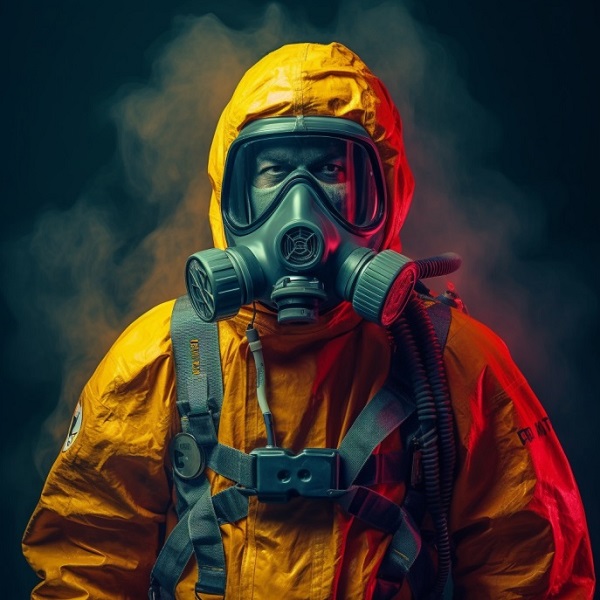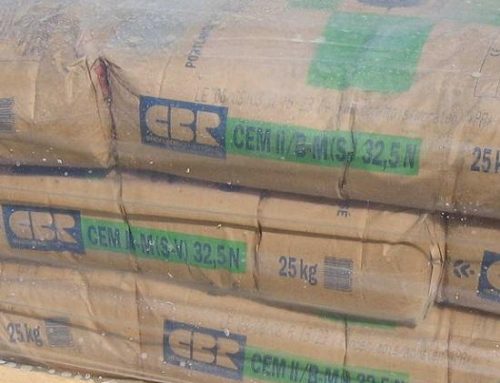The world can be a dangerous place, and sometimes we need a little extra protection. When it comes to handling hazardous materials, nothing provides quite the same level of protection as a hazmat suit. In this article, we will explore the fascinating world of hazmat suits, focusing on the different levels of protection they offer.
The Origin and Purpose of Hazmat Suits
A hazmat suit, short for hazardous materials suit, is a type of personal protective equipment (PPE) designed to protect the wearer from dangerous substances. The concept of a protective suit originated from the Manchurian plague epidemic of 1910-1911, where various forms of personal protective equipment were promoted to prevent the spread of the pneumonic plague.
In our modern world, hazmat suits are used by a variety of professionals, from firefighters and emergency medical technicians to researchers and workers in toxic environments. They protect personnel responding to toxic spills and specialists cleaning up contaminated facilities.
Hazmat suits are designed to protect against various threats, including chemical agents, nuclear agents, biological agents, and high temperatures. They achieve this through the use of appropriate barrier materials like Teflon, heavy PVC or rubber, and Tyvek for chemical threats, fully sealed systems for biological threats, and a combination of insulating and reflective materials for protection against fire and high temperatures.
The Design of Hazmat Suits
A key component of hazmat suits is their integrated breathing air supplies. These provide clean, uncontaminated air for the wearer, often pumped into the suit at positive pressure as an additional protective measure against the introduction of dangerous agents into a potentially damaged or leaking suit.
However, working in a hazmat suit is a challenging task. The suits are less flexible than conventional work garments and can be hot and poorly ventilated. Therefore, use is usually limited to short durations, up to 2 hours, depending on the difficulty of the work. The most protective suits, known as Level A suits, have an air supply that lasts only around 15-20 minutes during very strenuous work5.
Hazmat Suit Levels: From A to D
The protection offered by hazmat suits varies greatly depending on the specific design of the suit. These variations are classified into four levels: A, B, C, and D, each offering a different degree of protection6.
LEVEL A
Level A is the highest level of protection, designed to protect against vapors, gases, mists, and particles. The suit is fully enclosed with a self-contained breathing apparatus (SCBA) and includes chemical-resistant boots with steel toes, chemical-resistant gloves, and a two-way radio inside. This level provides the highest protection for the respiratory system, mucous membranes, skin, and eyes.
LEVEL B
Level B suits are designed to protect against splashes from hazardous chemicals, offering high respiratory protection but lesser skin and eye protection. This suit is not air-tight but includes an SCBA, chemical-resistant gloves, and boots with steel toes. Level B suits are used until all hazards have been identified and defined by reliable methods of analysis.
In the next section, we will explore the final two hazmat suit levels, C and D, and discuss the pros and cons of each level. We will also delve into the critical factors to consider when choosing the right level of hazmat suit protection for different scenarios. Would you like to proceed with the second part of this article?
LEVEL C
Moving on to the final two levels of hazmat suits, we find Level C and Level D suits.
Level C hazmat suits are used when the nature of hazardous chemicals and airborne substances are known, fulfill the criteria for using air-purifying respirators, and their concentrations are measurable. These suits include a full-face mask, air purifier, chemical-resistant boots with steel toes, chemical-resistant gloves, and disposable coveralls. Level C suits are most appropriate during the decontamination process of victims suffering from chemical contamination, but they are not recommended for use during a chemical emergency situation.
LEVEL D
Lastly, Level D hazmat suits offer the lowest level of protection. These suits do not protect the wearer from chemical exposures and are essentially regular work uniforms with no respiratory protection. They can only be used in situations when the wearer has no chance of direct contact with chemicals. A typical Level D suit includes coveralls, chemical-resistant shoes with steel toes, chemical splash-proof goggles, and a face shield.
Choosing the Right Level of Hazmat Suit Protection
The choice of hazmat suit level depends on the specific hazards that are expected to be encountered. When dealing with unknown or potentially lethal hazards, a Level A suit is typically chosen for its superior protection. In contrast, Level B suits provide substantial protection and are a common choice when the specific hazards have been identified and are not vapor threats.
Level C suits offer a balance of protection and mobility when the hazardous substances are known and measurable. They are the usual choice for decontamination processes. Level D suits, offering the least protection, are used in situations with no expected contact with hazardous substances.
Conclusion
Hazmat suits are a critical tool for those working in hazardous environments, offering varying levels of protection against a wide array of dangers. From the highest protection Level A suits to the minimal protection Level D suits, these protective garments are designed to ensure safety in some of the most dangerous working conditions. Understanding the different levels of hazmat suit protection is key to ensuring the safety of those who must work with hazardous materials.










